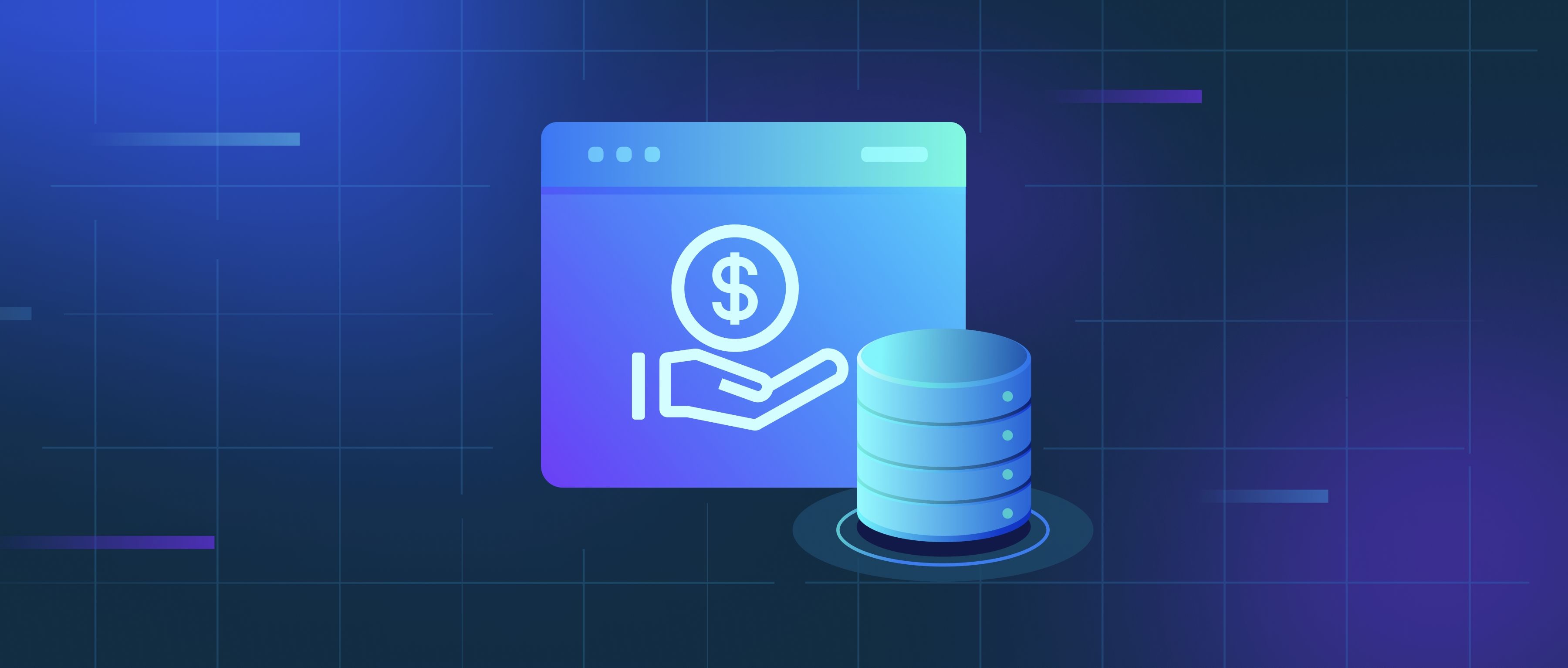Multi-agent systems ensure fault tolerance through techniques such as redundancy, decentralized control, and error detection mechanisms. Redundancy involves having multiple agents perform the same task or function, which means that if one agent fails, others can continue to operate without significant disruptions. For example, in a monitoring system for industrial equipment, several agents could simultaneously track performance metrics. If one agent goes offline, the remaining agents can still report on the system’s status and trigger alerts if necessary.
Decentralized control is another crucial aspect of fault tolerance in multi-agent systems. In a centralized system, a single point of failure can lead to the breakdown of the entire system. However, in a decentralized architecture, each agent operates independently and can make decisions based on local information. For instance, in a swarm robotics setup, if one robot becomes inoperative, the others can adjust their actions to maintain overall mission success. This ability to adapt to failures makes the system more resilient and reduces the chance of total failure.
Lastly, error detection and recovery mechanisms are essential for maintaining performance in multi-agent systems. Agents can monitor one another and detect anomalies, such as unexpected behavior or communication failures. When an agent identifies a potential issue, it can notify the rest of the system or attempt to recover itself, either by restarting its processes or by rejoining the network after resolving the issue. For example, in a multi-agent route planning system, if one agent experiences an error while optimizing routes, others can re-evaluate and propose alternatives, ensuring the system continues to function effectively.
